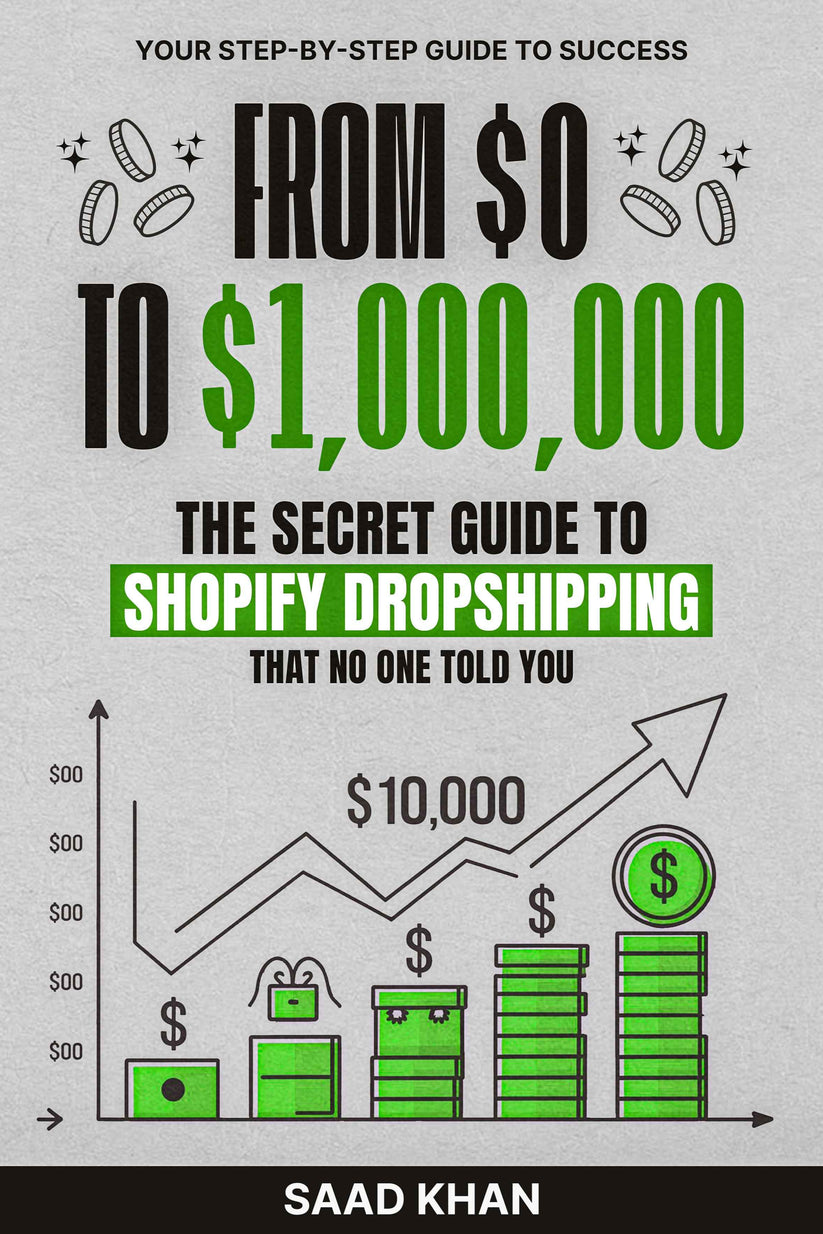views
Shopify dropshipping offers one of the most accessible paths to e-commerce entrepreneurship. But hidden behind stories of overnight success is one critical skill that truly determines long-term winners: product research.
Mastering product research isn't about copying trending products. It's about understanding market psychology, validating demand, analyzing competition, and predicting what customers will want before everyone else. Let's dive deep into building a research system that actually works in 2025.
Download The Beginners Guide to Dropshipping in 2025. It offers detailed blueprints and secret strategies that no one else shares. Perfect for aspiring entrepreneurs ready to succeed in the evolving Shopify marketplace.
Why Product Research is the Foundation of Dropshipping
In Shopify dropshipping, you don't control manufacturing or inventory. Your main value is selecting the right product at the right time. A weak product, no matter how great your marketing, will waste your money. Conversely, a strong product with decent marketing can still thrive.
Done properly, research reduces risk, increases margins, and shortens the path to profitability. In 2025’s competitive landscape, "throwing spaghetti at the wall" is dead. Strategic product research is survival.
Essential Steps for Deep Product Research
Successful product research isn't just browsing TikTok and AliExpress. It’s a structured process combining multiple validation layers:
- Trend Identification — Finding rising interest, not saturated products.
- Market Demand Validation — Confirming that real buyers exist and are willing to pay.
- Competitive Analysis — Understanding how many sellers exist and how strong they are.
- Supplier Reliability Check — Ensuring you can source consistently without quality issues.
- Profit Margin Calculation — Ensuring enough room for ads, fulfillment, and profit.
Each step weeds out weak product ideas and focuses your energy on true opportunities.
Deep Dive: Trend Identification in 2025
Finding the next winning product is not about browsing TikTok 24/7. Here's how top sellers systematically identify trends:
Use Data Tools — Platforms like Google Trends, Exploding Topics, and TikTok Creative Center show real search and engagement data. Look for keywords and products climbing steadily over months, not viral spikes that disappear quickly.
Social Listening — Monitor Reddit threads, Facebook Groups, and niche forums. Real conversations often hint at emerging needs before they go mainstream.
Seasonality Check — Use Google Trends to identify seasonal peaks. Some products perform only during certain months (e.g., gardening tools in spring).
Personal Interests — Passion markets (hobbies, fitness, pets) tend to have evergreen demand. If you’re deeply familiar with a niche, your product spotting intuition will be stronger.
How to Validate Market Demand
Finding a cool gadget doesn’t mean it will sell. You must prove people want to buy it:
- Amazon Bestseller Lists — If a similar product ranks well, it proves purchase behavior exists.
- Search Volume — Use Ubersuggest or Ahrefs to see if relevant keywords have strong search volume (ideally 5,000+ monthly searches).
- Paid Ads Testing — Run $20–$50 Facebook tests with broad targeting to gauge click-through rates (CTR). High CTRs (>2%) usually indicate real interest.
Only invest heavily in products after multiple validation points confirm consistent demand.
How to Analyze Competition Correctly
Competition is not always bad. It shows the market exists. The key is assessing how strong the competition is:
Spy Tools — Use Minea, Koala Inspector, or Dropispy to find which stores sell your product and what their ad creatives look like.
Website Audits — Visit competitors’ stores. Are they professionally branded? Do they have a lot of reviews? Are their prices aggressive?
Ad Libraries — Check Meta Ad Library for competitor ads. If you see many variations and a long run time, that product is likely profitable.
If competition is light or if you find a unique angle (better bundling, faster shipping, stronger brand), it's still an opportunity.
Supplier and Profit Margin Check
Before finalizing any product, vet your suppliers and margins carefully:
- Multiple Suppliers — Always have at least two backup suppliers. AliExpress, CJ Dropshipping, Zendrop, and private agents are options.
- Sample Ordering — Order samples yourself. Test product quality, shipping speed, and packaging.
- Margin Calculation — Aim for a 3x markup minimum. Example: product cost $10, sell at $30 or more.
Without healthy margins, scaling with paid ads will quickly eat into your profits.
Common Mistakes to Avoid in 2025
Even smart sellers sometimes fail because they fall into these traps:
- Chasing Viral Hype — If it’s already viral, it’s likely too late for you.
- Ignoring Branding — Unique branding creates perceived value even for commodity products.
- Underestimating Shipping Times — Long delivery kills customer satisfaction. Use faster suppliers whenever possible.
- Not Testing Multiple Creatives — The first ad rarely works. Test many styles (UGC, product demo, problem-solution).
Learning from mistakes — yours and others’ — is key to continuous improvement.
Conclusion: Build a Research System, Not a Hope Strategy
Shopify dropshipping success in 2025 demands more than a lucky find. It requires treating product research like an ongoing system — combining trend spotting, demand validation, competitive analysis, and supplier testing methodically.
The best dropshippers aren't the ones who find one winning product. They're the ones who build a machine to find winning products consistently. Mastering product research is the first step to joining them.















Comments
0 comment